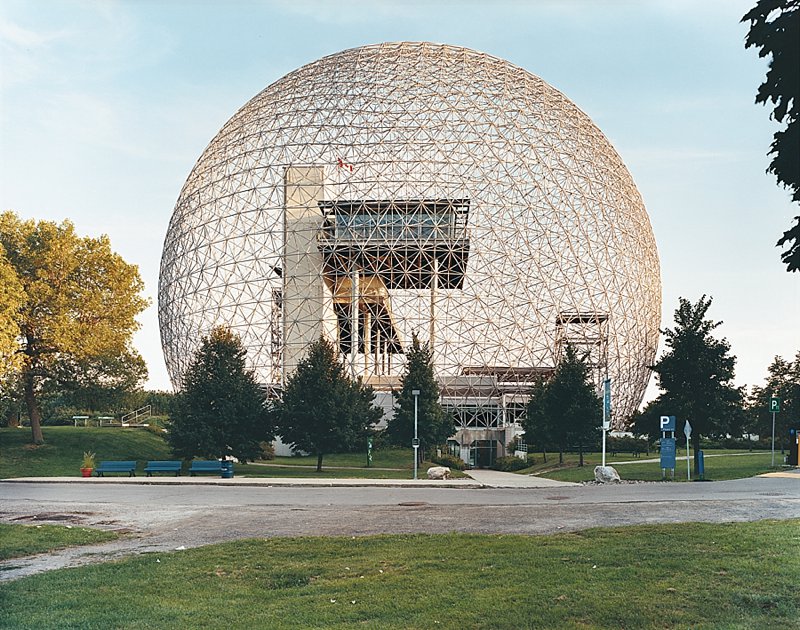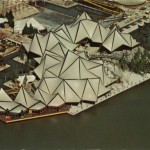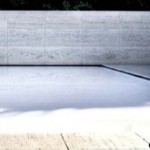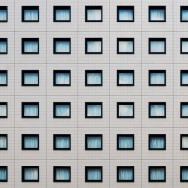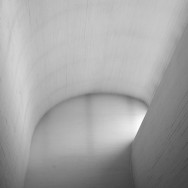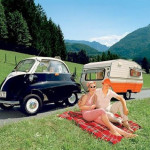I could say one of the most popular blog posts on LA76 Blog up to this date is this post about Expo 67.  That expo, more than forty years ago, made a significant mark on Montreal.  Recently I found an article by Aaron Britt, in which he shares some thoughts of architect Gilles Saucier, who shows us there’s more to Montreal than Expo 67.  Even though the article is not recent (it’s been written in 2008), it gives a great perspective and insight to the city, and it makes me feel like my next visit to Canada should include a stop in Montreal as well.
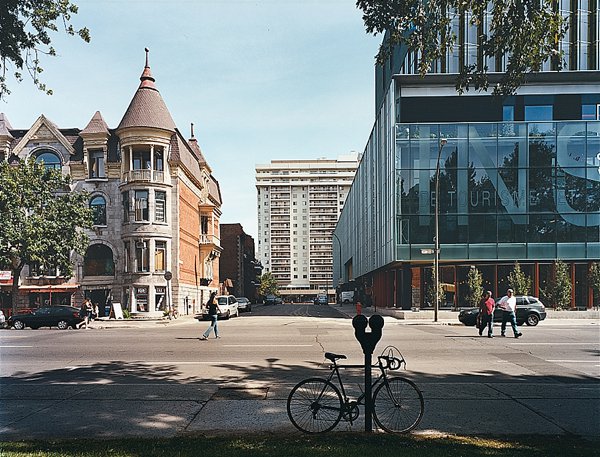
More than forty years ago, the world turned its attention to Montreal for Expo 67, which proved to be the most successful World’s Fair in history.  Setting all manner of attendance records—569,000 visited on the third day—and including 62 nations, Expo 67 marked the centenary of Canada’s confederation and established Montreal as a design spot to watch.  A geodesic dome by R. Buckminster Fuller was the highlight of the American pavilion, but the fair’s coup de grâce—and one of Montreal’s enduring architectural symbols—was Moshe Safdie’s Habitat 67, a geometric apartment complex that looks like Mies van der Rohe’s take on an Anasazi cliff dwelling.
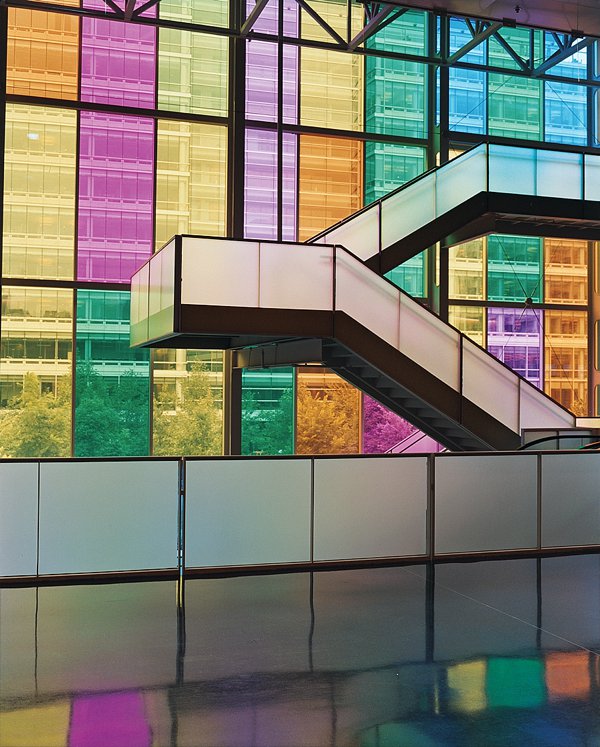
Though Montreal isn’t booming quite like Toronto or Calgary, the très European stone streets of the Old City are still a favorite of tourists—and of the American under-21 set looking for a beer.  Downtown development and its bustling arts scene prompted UNESCO to honor Quebec’s cultural center by dubbing it a “City of Design†in 2006.  But at least one architect in Montreal is skeptical about the honor bestowed by UNESCO.  Gilles Saucier, of Saucier + Perrotte Architectes, has designed university buildings and museums all over Canada, and his work in his hometown of Montreal includes the Faculty of Music Building at McGill University and several boutiques.  He worries, though, that the “City of Design†appellation suggests that his city is something that it’s not.  Or at least not yet.
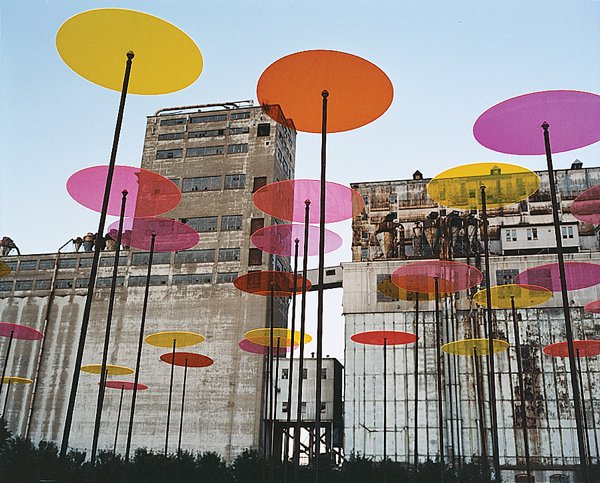
You take some exception to this City of Design idea being applied to Montreal.
“I’ve got nothing against Montreal being a City of Design, and there is a lot of wonderful design here, but to just establish it as a fact is kind of strange to me.  We need to do more than just say that we’re a City of Design.  It must be a goal of ours so we can orient the city toward that objective.  I’m sure the chambre de commerce is really happy that Montreal is this City of Design, but they’ve been promoting the same things for a long time.  We’re still living on that old image of Habitat 67 and the Olympic Stadium [built for the 1976 games].  In 1967 we were at the center of the world’s attention.  And for the past 40 years we’ve been losing that centrality.  We need something to put us back on the map—not the Bilbao effect, but something organic and lasting.”
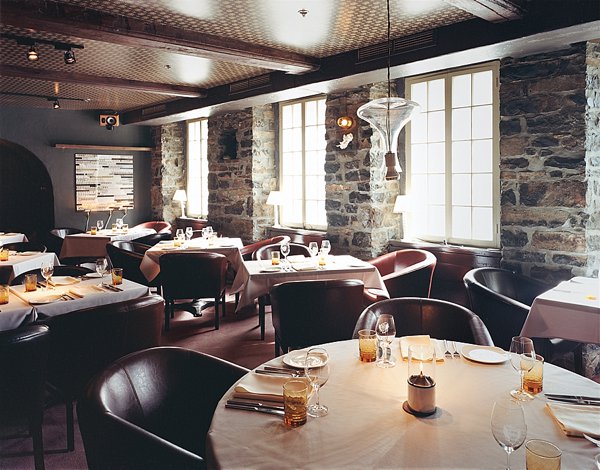
“Montreal is a place to discover.  You don’t easily find what is so divine about it, but the people here are very welcoming and if you talk to them they will help you see.  There isn’t some organized system to discovering the city as the chambre de commerce presents.  I prefer going to smaller, lesser-known places, and that’s where you find wonderful food or nightlife.  It’s all very organic here, but there’s no system to discovering it, or one place or neighborhood to go.  One of the best, most established places here is Café L’Express and they don’t even have a sign.”
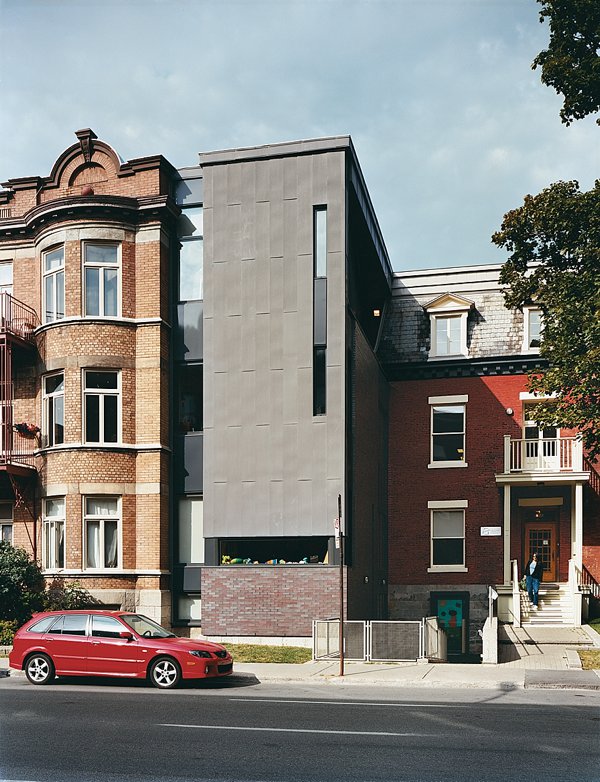
“The most exciting design in the city for me right now is the Cité Internationale.  It’s creating a new center for the city.  There you have the Palais des Congrès, lots of new buildings, and the incredible fountain [La Joute] by Jean-Paul Riopelle that shoots flames and smoke and all.  It’s absolutely fantastic.  I don’t love the Cité Internationale so much for the architecture, but for the impressive gesture. It occupies the top of the highway [the Ville-Marie Expressway has been moved underground] and connects the north and south, the Old City and the New.  They used to be divided by that highway, and now we’re starting to heal that scar.  We need more buildings that allow us to connect.”
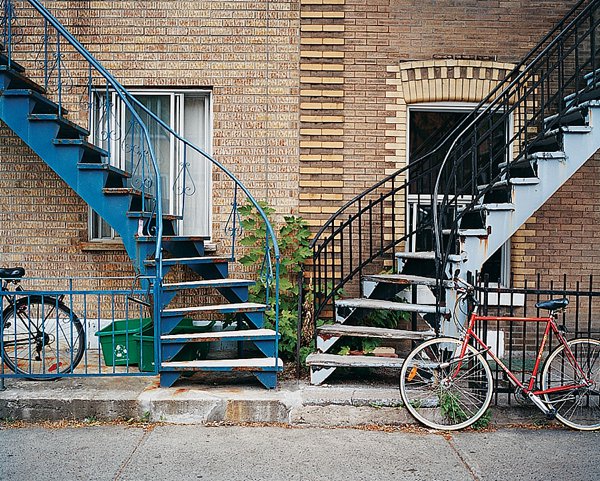
That’s a business and civic district that tends to die down at night, though.  What’s happening in the Old City?
“There is an initiative now to make a new center in Old Montreal.  It’s lovely down there and the stone buildings are amazing, but it’s very touristy by the St. Lawrence.  The western part of Old Montreal is developing in a really natural way, though.  McGill Street is coming up.  Men’s clothier Michel Brisson will have a new shop there, and my friend Hubert, who runs the excellent restaurant Le Club Chasse et Pêche, is opening an arts space.  That’s the future of the Old City.  The west part of Old Montreal also reconnects to downtown and will be a place of passage unlike the touristy center of Old Montreal.  They were initially thinking of a new Cirque du Soleil and a casino there, but that would act as a barrier and limit the expansion.  The way the west part of Old Montreal is going, it will help re-create the natural fabric of the city.  I’d love to build something really provocative down there.”
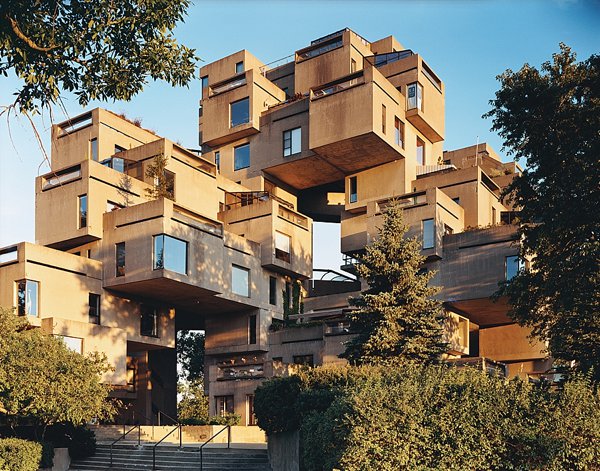
You love downtown, yet your office and home are in northern Montreal. Â Why stay out of the action, or is there action uptown, too?
“Little Italy, where I live and work, is slowly changing.  Now there’s a garage nearby and a fish market.  But, like any city, it’s where the artists come to buy cheap houses and studios. It’s not booming, but it’s slowly becoming a very interesting place to be.  There are lots of artists here, and really it’s more like a village.  This is Montreal to me, anchored in the way people live and want their city to be.”
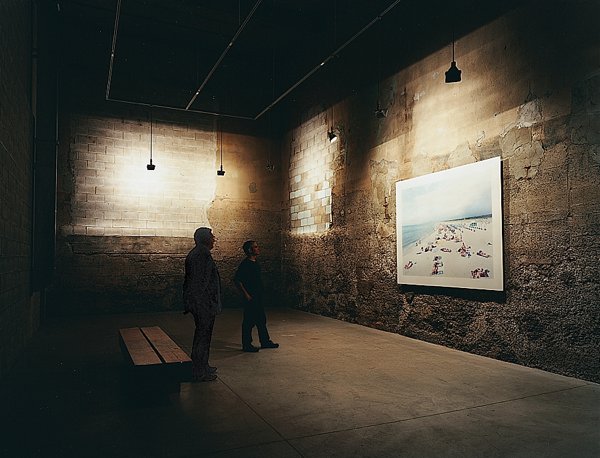
One of the most beautiful views of the city is from the St. Lawrence River looking north. Â But when I was there, I saw a lot of people with surfboards. Â What were they doing?
“People surf in the St. Lawrence here.  There’s a standing wave right in front of Habitat.  You see, Montreal is all about surprise.  You come here expecting one thing and then you see a guy surfing in the river. It’s on YouTube.”
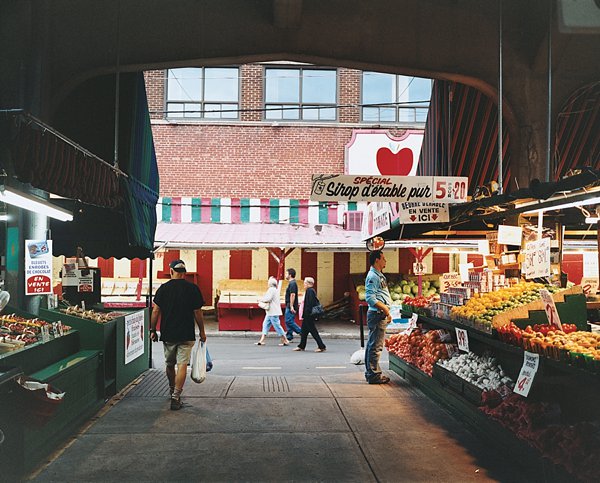
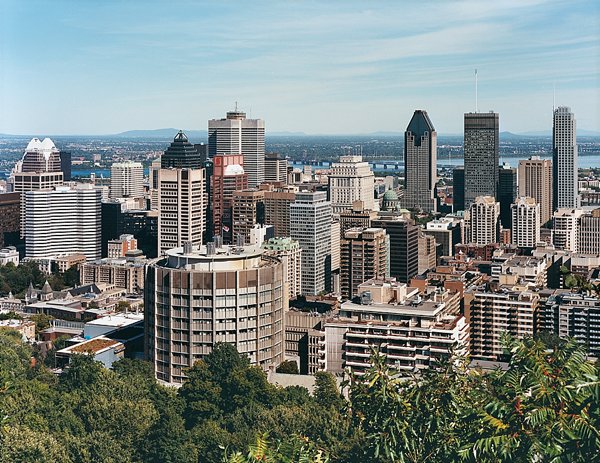
All photos by: Matthew Monteith

